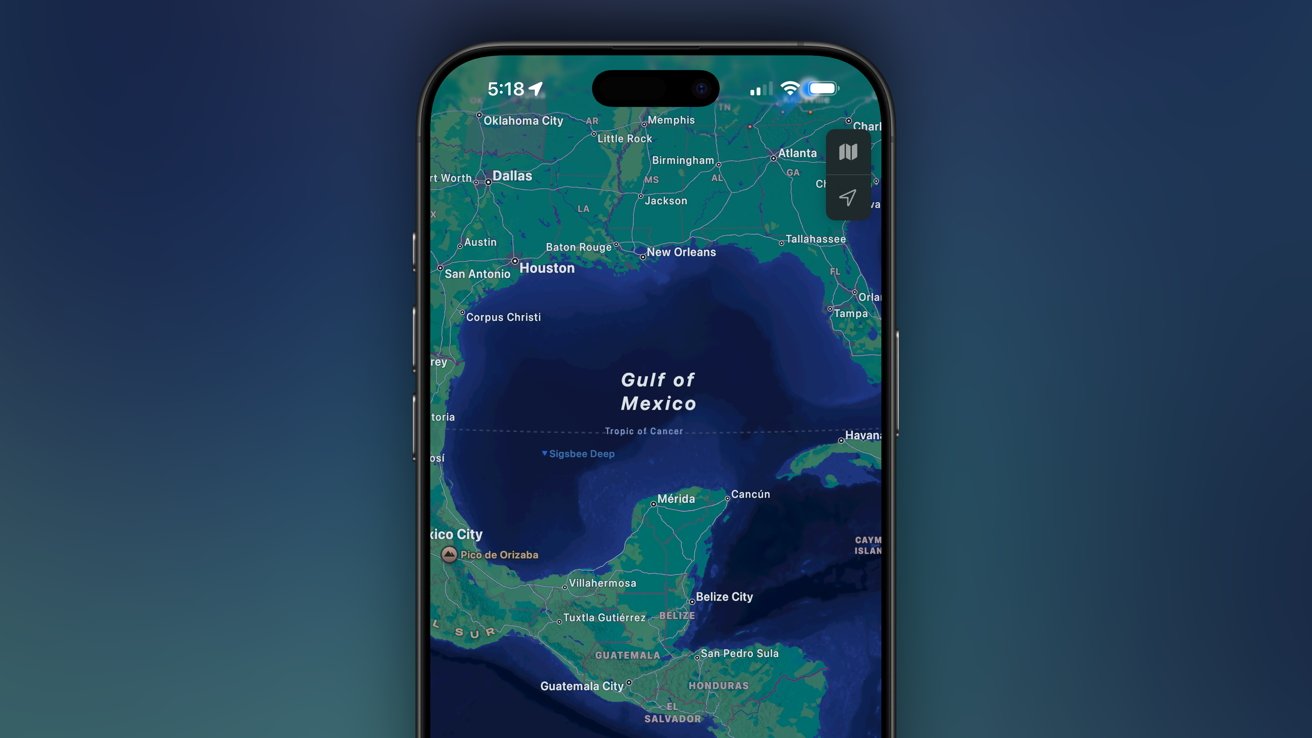DNA findings reveal exactly when Humans and Neanderthals became one
Share:
Humans and Neanderthals were mingling some 45,000 years ago — and new DNA research has revealed exactly how our long lost cousins helped in Human’s success. Neanderthals, who were a group of archaic humans that lived in Eurasia before going extinct, were previously believed to be a species dominated by humans after we left Africa.
![[Primeval Caveman Wearing Animal Skin Holds Sharp Stone and Makes First Primitive Tool for Hunting Animal Prey, or to Handle Hides. Neanderthal Using Handax. Dawn of Human Civilization]](https://metro.co.uk/wp-content/uploads/2024/11/GettyImages-1194512725.jpg?quality=90&strip=all&w=553)
However, new research shows that humans that interbred with Neanderthals went on to thrive, whereas other bloodlines died out. Genes passed on to humans from Neanderthals were in fact crucial to protecting us from new diseases that we had not previously been in contact with, making us stronger.
48,000 years ago, Homo sapiens interbred with Neanderthals when they left Africa, before going on to the wider world, research shows. Before this period, Homo sapiens had already crossed over from Africa, however the populations that did not interbreed did not survive.
These new findings mean that the ‘history of modern humans will now have to be rewritten’, Prof Johannes Krause of the Max Planck Institute of Evolutionary Biology, in Germany told the BBC. ‘We see modern humans as a big story of success, coming out of Africa 60,000 years ago and expanding into all ecosystems to become the most successful mammal on the planet,’ he said.
‘But early on we were not, we went extinct multiple times.’. Modern-day humans can have up to 4% DNA in their genes, more commonly among people of European origin. As scientists’ understanding of the ancient genome increases, more and more modern traits are being traced back to the time when early humans, Homo sapiens, paired up with their cousins.




















